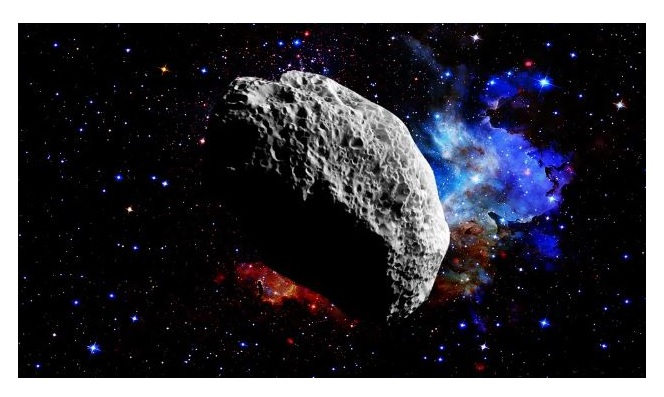October 25, 2023
Two groups look at the economic viability of mining asteroids. Two teams of economists have conducted economic assessments of mining asteroids—one of them is a trio with one member each from the University of Tor Rome Vergata, the University of Maryland and Middlebury College. They looked at asteroid mining as part of the next logical step in monetizing space exploration.
The second group, with three members from the Colorado School of Mines and a fourth with the International Monetary Fund, focused more on the challenges that would have to be surmounted for industry to capitalize on assets that are currently free for the taking on asteroids. Both groups have published papers describing their efforts in the journal Proceedings of the National Academy of Sciences.
Prior research has shown that there are valuable materials on asteroids. This includes diamonds and perhaps other gems, but the truly valuable materials are more likely to be metals that are highly valued but in short supply here on Earth, such as cobalt, nickel and platinum. Such metals have seen a rise in value in recent years as they have been used in a host of modern technology products such as batteries, solar panels and windmill parts.
 Such metals tend to come from a few countries, which puts their supply at risk, adding to costs. To overcome such challenges, some companies are turning their sights to the oceans—the seafloor has been found to harbor huge amounts of valuable metals. But harvesting them involves disturbing ecosystems, polluting the sea and incurring costs associated with deep-sea operations.
Such metals tend to come from a few countries, which puts their supply at risk, adding to costs. To overcome such challenges, some companies are turning their sights to the oceans—the seafloor has been found to harbor huge amounts of valuable metals. But harvesting them involves disturbing ecosystems, polluting the sea and incurring costs associated with deep-sea operations.
That has led some, such as the two groups in these new efforts, to consider the costs that might be associated with harvesting such metals from asteroids, and whether they might be low enough to make their pursuit worth the investment.
In the first paper, Corrado et al note that space advances have traditionally involved economic spillover, where space activities have stimulated advances and eventually profits of companies who capitalized on them. They suspect the same will be true with future space efforts, including mining asteroids.
In contrast, in the second paper, Fleming et al focus more specifically on metal mining asteroids. They look at the costs for all the factors involved, starting with R&D, and progressing through designing and building rockets and the hardware they would carry (including robots) to dig metal from asteroids and bring it back to Earth.
Their math suggests that over the next 30 to 40 years, harvesting metals from asteroids could become not only profitable but also the predominant means of mining precious metals as prices rise and the cost of working in space declines.
Sources:
https://www.pnas.org/doi/10.1073/pnas.2221341120
https://www.pnas.org/doi/10.1073/pnas.2221345120
https://phys.org/news/2023-10-groups-economic-viability-asteroids.html